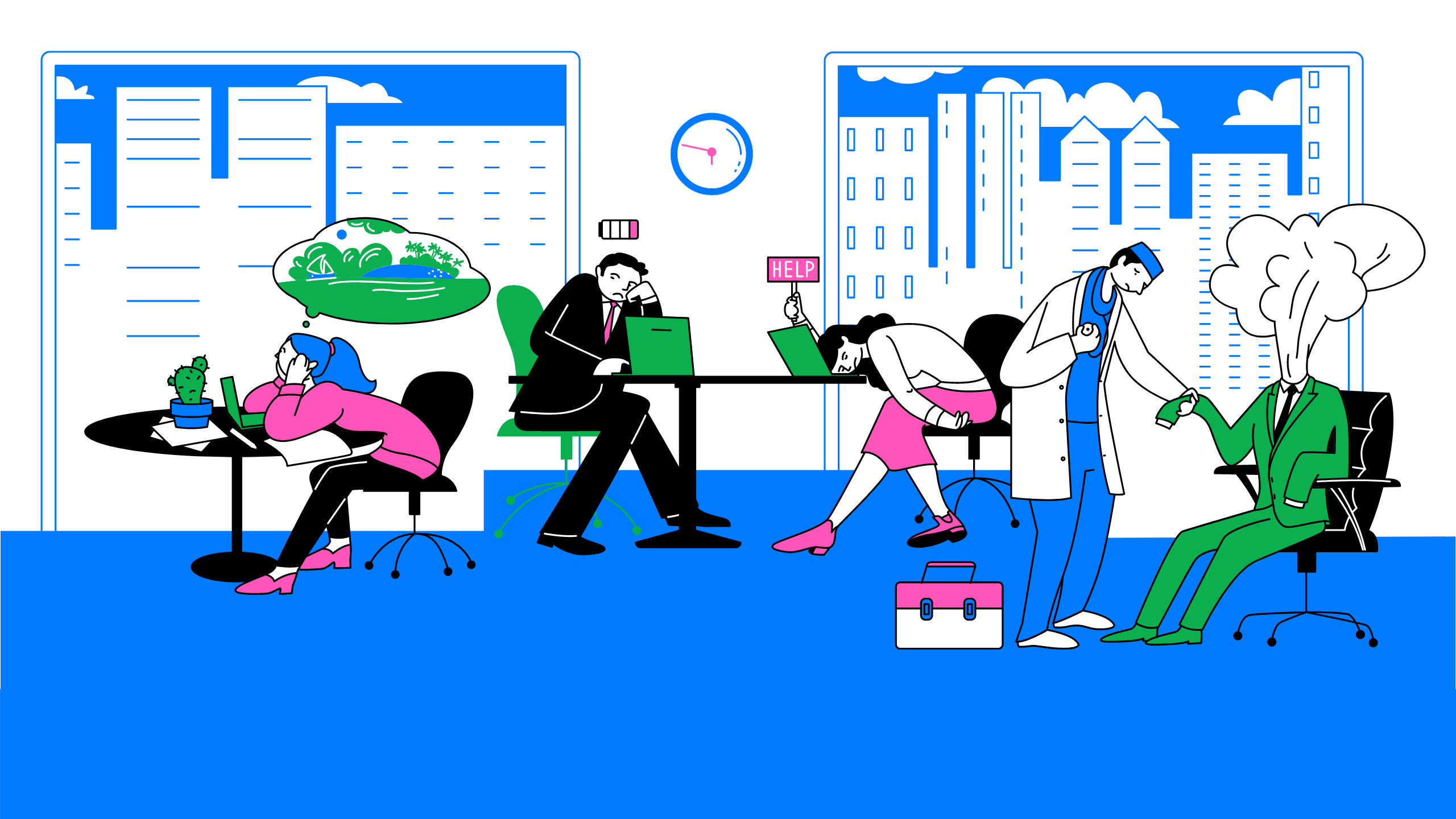An Overlooked Solution For 'Virtual Event Fatigue'
There are countless articles, tweets, and LinkedIn posts from marketers and others expounding upon the future of virtual events and conferences; how ...
Virtual event platforms go beyond what videoconferencing software provides: They aim to create an actual experience — the feeling of what it’s like to be sincerely with people at in-person conferences.
Hoppier puts it well when describing the essence of virtual events platforms: “At the heart of any great virtual event platform is a way for people to connect. The goal is to ramp up audience engagement through the use of interactive, immersive environments and touchpoints.”
How does one create an immersive experience online? Through the use of technology with audio, visual, and interactive elements. (And we may be biased, but the importance of good quality, immersive audio cannot be understated. Research even backs it up — check out our blog post here for more information about that.)
From financial and budgetary issues to health reasons and disabilities, attending in-person events can be difficult for many. If your in-person event has a virtual event pass, for example, this will allow people with personal or logistical challenges to be included (and make sure that your online event is accessible for all, too, of course!). Adding these elements of inclusivity for your event as well as focusing on engagement virtually is key, too. Virtual events can be just as exciting as an in-person event when good organization and planning is put into the event.
Let’s check out some of the top virtual events platforms...
As an industry-leading spatial audio provider, we’ve worked with a handful of events teams. During this time, we’ve gotten plenty of insight into their processes and priorities. Time and time again, these teams are committed to delivering amazing virtual experiences to event attendees.
Adding spatial audio to your next virtual event is one of the simplest and easiest things you can do to immediately improve the event. From improved audio clarity to complete audio immersion, the benefits of spatial audio are boundless.
Before you start planning your next virtual event, here is a list of the top virtual event platforms. The vendors on this list will almost assuredly help you pull off the event of the century!
“Vfairs is the complete virtual event platform that helps event organizers host unforgettable life-like virtual events.”
With VFairs, you can host virtual conferences, trade shows, job fairs, university open days, auto shows, and much more. Key notable features include realistic 3D environments, powerful networking tools, multiple webinar options, animated avatars, and end-to-end project management.
Their website details more about what their virtual events are like: "Immersive, colorful environments allow users to comfortably browse content, network with exhibitors or peers, and attend live webinars with only a few clicks."
SpatialWeb “brings the depth, richness, and spontaneity of real life into the virtual realm. Experience digital environments that are custom-built and fully 3D.”
For a great example of an immersive virtual event, look no further than the Consumer Electronics Show (CES) after party in 2021 that usually happens in Las Vegas, but this year, it occurred in none other than SpatialWeb.
Their mission: "MediaLink and iHeartMedia were very keen to recreate the atmosphere that the CES Afterparty had become famous for. Michael Kassan, chairman and CEO at MediaLink, wanted to recreate a bit of that serendipity… Given the hunger we’ve had from clients to find virtual avenues for networking at CES, our goal was to recapture that feeling."
Not only did the after party have celebrities (Ryan Seacrest, Dua Lipa, and a performance from Billie Eilish) all remotely, but was indeed able to replicate networking and mingling in a way that truly felt like a virtual “place”. How did they achieve this? With spatial audio. It mimics how a “real-life gathering” sounds, promoting much more “remote togetherness” than flat videoconferencing boxes.
Their tagline is specific: “Welcome is a virtual event platform that enables you to create high-quality events that feel like an Apple keynote.”
Roberto Ortiz, CEO of Welcome, writes about how the company came to exist.
“Like everyone else, we attended virtual events as we quarantined. The more we attended, the more we were convinced that something was missing. Jerry and I used to run large conferences when we were at Yahoo. It wasn’t just part of our job, it was a passion project. Lights, cameras, A-List speakers, the whole nine. Looking at the virtual event landscape, we felt embarrassed putting our brand on any of the existing platforms. So we decided to build our own.”
And what was their goal? “A high end, white-labeled virtual event platform that emphasized quality and design first. A platform that would make it insanely easy for anyone to put on an experience that felt like an Apple product launch.”
The importance of creating an immersive event cannot be overstated.
And as mentioned, audio is a huge part of simulating an environment that feels like one is actually there with people in-person. The “Cocktail Party Effect” accurately describes this. Check out this video (with headphones) to understand:
As you move around the “room”, you can hear how it is possible for multiple people to be speaking at the same time, and each of them is actually understandable.
High Fidelity's Spatial Audio API allows virtual events platforms to integrate real-time high-quality voice communication for hundreds of people simultaneously, so it is also (importantly) scalable for your virtual event or conference. You can give it a try for free below.
Related Article:

by Ashleigh Harris
Chief Marketing Officer
There are countless articles, tweets, and LinkedIn posts from marketers and others expounding upon the future of virtual events and conferences; how ...
Subscribe now to be first to know what we're working on next.
By subscribing, you agree to the High Fidelity Terms of Service